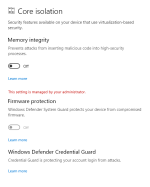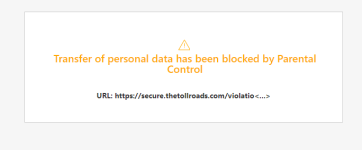You guys already know me. DeepWeb loves Group policy. I think the default configuration in Windows 10 could be dramatically better and improve security without anyone even noticing a difference on their computers. Many debug tools for example are exploited to extract passwords. 99% of Windows users will never even use those debug tools and you can easily turn them off. Anyway stopping my rant.
This nice security guidance by the GCHQ is easy enough to understand:
EUD Security Guidance: Windows 10 - 1803 - NCSC Site
Not every item is relevant but it's a good start. As a general rule, skip what you don't understand. That easy.

Another one: How to prevent Mimikatz (a tool to extract your Windows passwords)
Preventing Mimikatz Attacks – Blue Team – Medium

